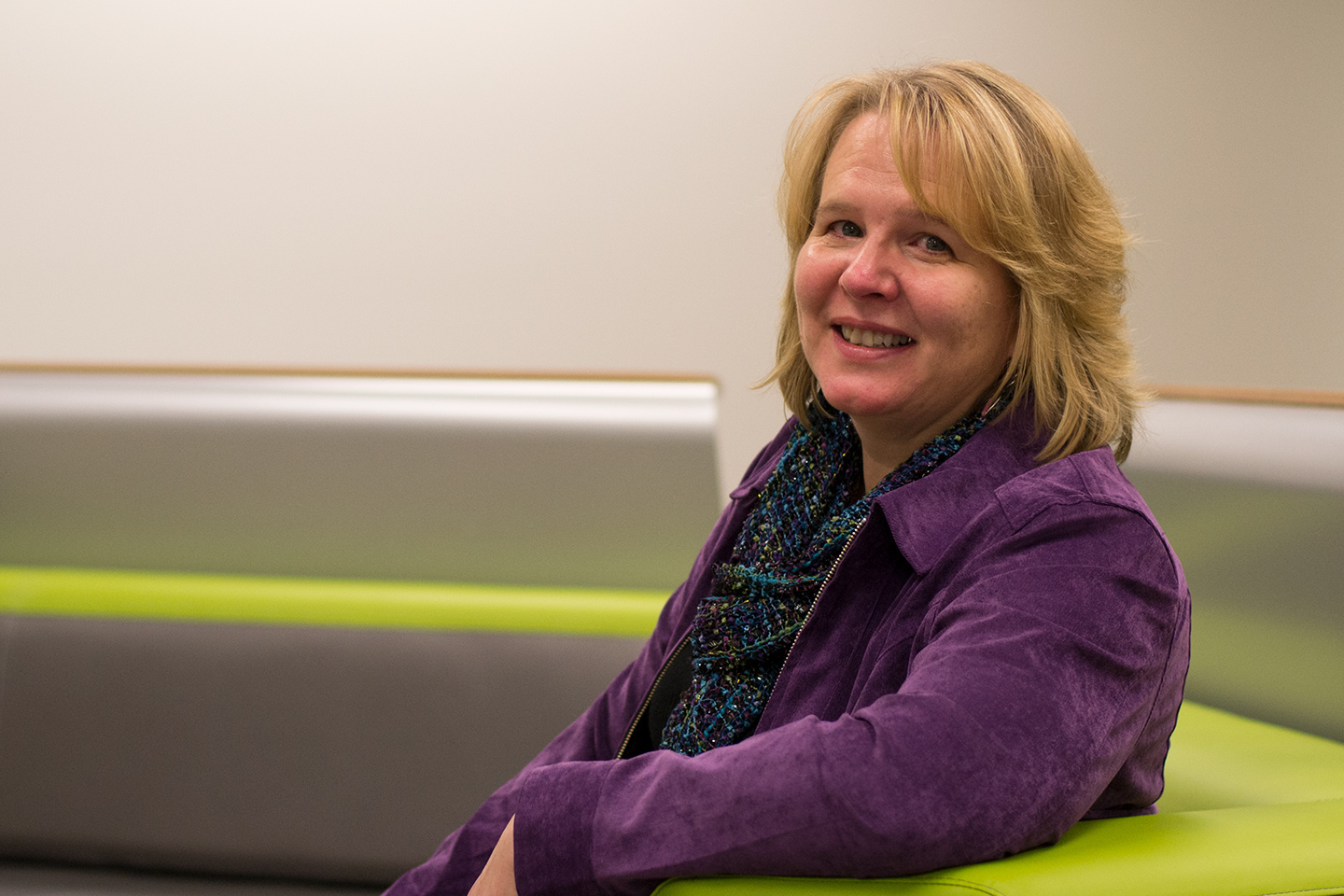Wanda Pratt recalls encountering one hospital patient during her research at Seattle Children’s Hospital whose relationship with health care providers was so difficult that he refused to speak to them, and it was interfering with his care.
“How can you treat somebody if you can’t talk to them and they’re not going to talk to you back?” she asked.
When patients and physicians don’t communicate well, it can be a life-and-death matter. Medical errors rank as the third leading cause of death in the United States, responsible for more than 250,000 deaths per year. Many of those errors are a result of miscommunication.
Pratt, a professor at the University of Washington Information School, is researching ways to actively involve patients and their personal caregivers in detecting and preventing medical errors. In the Patients as Safeguards project, Pratt and her team of doctoral students, Informatics students and physicians are working with patients at two local hospitals to identify what information would help them recognize safety concerns. Based on their findings, they’re now working to design technological solutions that could improve communication between patients and their doctors.
One such solution is “One Doc Away,” an app based on the concept of “One Bus Away” that would tell patients and caregivers when to expect their doctors. According to Pratt, one of the most common complaints among patients is that they don’t know when physicians will make their rounds, and therefore aren’t prepared to ask crucial questions and participate in their care and safety. The app would give patients a time window in which to expect their doctors.
“This fueled a lot of our design work, in thinking about what kinds of information that patients need, versus what kind of information they’re currently getting,” Pratt said. “Scheduling became a big issue there. There’s no sense of what’s going to happen to you when.”
The frustration can be keenly felt by parents and other caregivers for patients at Children’s Hospital. While they might want to be at their child’s side 24 hours a day, they might also need time to go home and shower or spend time with their other children.
“Having a sense of what to expect is important not just from a convenience perspective, but also from a safety perspective, because if the parents aren’t there, things are happening and they don’t know about it,” Pratt said.
Another idea that grew out of research at Children’s is an “Identitron” – a way to identify the people visiting a patient’s room. Jordan Eschler, an iSchool Ph.D. candidate working on the project, said patients and caregivers sometimes have trouble keeping track of all the doctors, nurses, medical students and others who file through.
“When you’re a patient and you’re sick and you may be a little bit out of it, and you’re not engaged,” Eschler said. “So you get patients saying, ‘Someone was in my room earlier, and I was embarrassed to ask them who they were.’ That’s the kind of thing where maybe if you have an extra source to fill in that information, you’re better able to speak up for yourself.”
The researchers envision a display that provides information about each person who visits a patient’s room and keeps a visitor log. To be used broadly, such a system would likely need to be triggered automatically by ID tags. For now, researchers are using iPads to gather the information manually so they can study the benefits of their techniques.
Eschler said she is most excited about designing an interface where patients set their goals for their hospital stay.
“That’s truly patient-centered design,” she said. “We’re allowing them to drive their conversations with their care providers better by giving them a way to record their goals.”
Like Eschler, Ph.D. student Sonali Mishra has spent a lot of time interviewing patients for the project at Children’s and Virginia Mason Hospital. Mishra said that while this study has focused on patients, she’s interested in hearing from doctors and nurses as well as they design prototypes.
“I would like to actually talk to not just patients and caregivers, but also clinicians and see how we can design a system that works for both parties,” she said. “I think it would be interesting to see to what degree the nurses would like the patients to help out, and what the common ground is between them.”
After surveying about 400 patients and caregivers, the researchers are enthusiastic about this phase in the project where they are designing and deploying technology. Pratt said it’s a thrill to see ideas put to the test.
“I am excited,” she said. “It’s nice to see something concrete that I think will help really increase our visibility in the system and get people excited about this.”
For everyone involved with the project, the goal is the same.
“We’re all in this business to save lives,” Mishra said. “We’re all on the same team. It’s all about trying to figure out the best way to go about it.”
